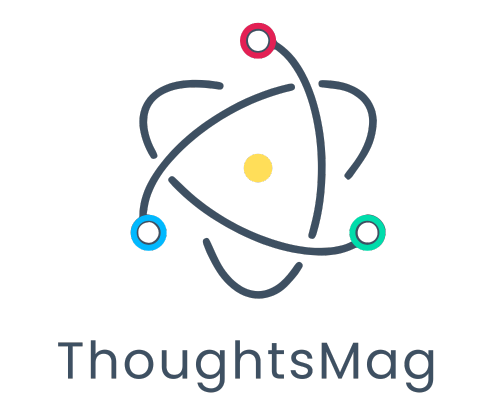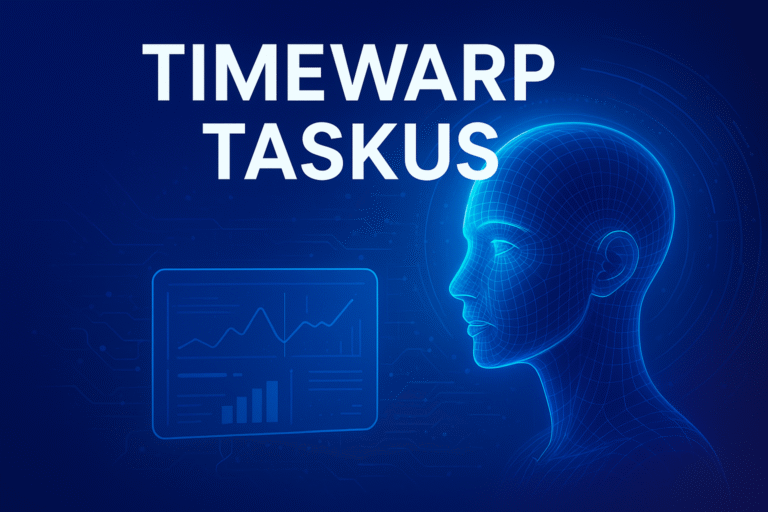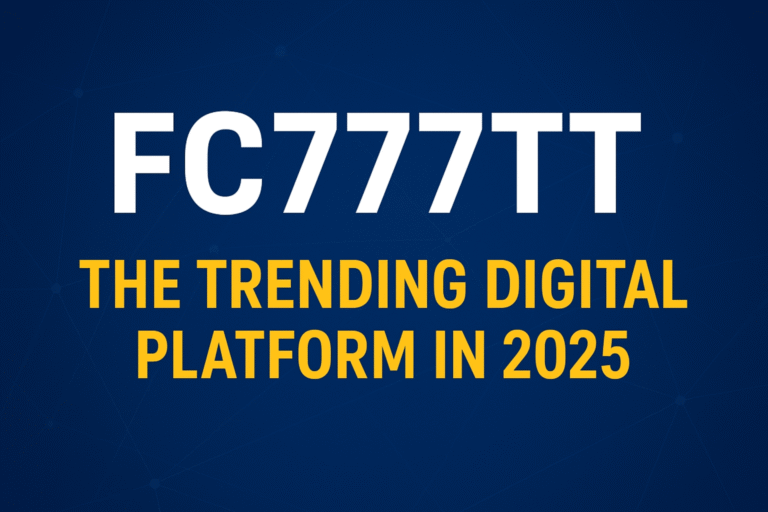Artificial Intelligence (AI) is no longer a futuristic concept—it’s the present. From powering search engines and voice assistants to enabling autonomous vehicles and advanced data analytics, AI has become the backbone of modern innovation. In 2025, a handful of companies have risen to dominate the AI landscape, each pushing technological boundaries and redefining how industries operate.
In this research-based article, we explore the top 10 AI companies in the world in 2025, ranked for their innovation, market impact, technological breakthroughs, and influence on the global AI ecosystem.
1. Nvidia – The AI Hardware Titan
Why It’s a Leader:
Nvidia remains the undisputed leader in AI hardware, with an estimated 92% market share in AI data center GPUs. Its CUDA platform, DGX systems, and Hopper GPU architecture have become the standard tools for AI training and deployment.
Key Highlights:
-
Backbone for AI training used by OpenAI, Google DeepMind, and Anthropic.
-
Expansion into AI-powered supercomputers and edge computing.
-
Revenue from AI chip sales surpasses $25 billion annually.
Nvidia isn’t just selling chips—it’s selling the infrastructure that fuels the global AI boom.
2. Microsoft – Enterprise AI Powerhouse
Why It’s a Leader:
Microsoft has embedded AI into nearly every product, from Copilot in Microsoft 365 to GitHub Copilot for developers. Its deep partnership with OpenAI brings GPT models to millions through Azure AI services.
Key Highlights:
-
AI revenue in 2025 exceeds $13 billion.
-
Azure OpenAI Service powers businesses in over 100 countries.
-
Advanced AI governance and ethical AI frameworks.
Microsoft’s approach blends enterprise-scale AI adoption with a focus on responsible use.
3. Apple – Privacy-First AI Innovator
Why It’s a Leader:
Apple has taken a privacy-centric approach to AI with on-device processing through its Neural Engine. This powers Siri, FaceID, advanced photo editing, and personalized recommendations without compromising user privacy.
Key Highlights:
-
Over 1.5 billion active devices running on-device AI.
-
Integration of generative AI into iOS and macOS.
-
Focus on health and accessibility AI applications.
Apple proves AI can be both cutting-edge and user-trust friendly.
4. Alphabet (Google) – AI Research Giant
Why It’s a Leader:
Alphabet’s AI dominance is rooted in Google DeepMind and Google Research, pioneers of foundational models and breakthrough AI science. Its Gemini AI models power Google Search, Workspace, and Vertex AI on Google Cloud.
Key Highlights:
-
World-class research output and open-source tools like TensorFlow.
-
Multi-modal AI integrations across YouTube, Gmail, and Maps.
-
AI sustainability initiatives reducing model training energy costs.
Alphabet is the perfect blend of research-driven innovation and consumer impact.
5. OpenAI – The Generative AI Pioneer
Why It’s a Leader:
OpenAI is at the heart of the generative AI revolution, creating ChatGPT, DALL·E, and Codex. With over 500 million weekly active users, OpenAI’s models are shaping productivity, creativity, and problem-solving worldwide.
Key Highlights:
-
OpenAI API powers thousands of AI startups.
-
Focused on AGI (Artificial General Intelligence) research.
-
Strategic partnerships with Microsoft and enterprise clients.
OpenAI is making AI accessible at a global scale.
6. Meta Platforms – Open-Source AI Champion
Why It’s a Leader:
Meta has taken a bold stance on open-source AI with the Llama model family, giving developers access to state-of-the-art large language models for free. AI also powers content recommendations on Facebook, Instagram, and WhatsApp.
Key Highlights:
-
Billions of daily AI inferences on social platforms.
-
Leadership in AI-driven AR/VR with Meta Quest.
-
Llama adoption in both research and enterprise settings.
Meta’s open approach fuels innovation across industries.
7. Anthropic – Safety-First AI Startup
Why It’s a Leader:
Anthropic, founded by ex-OpenAI researchers, is growing at an astonishing 1,000% year-over-year. Its Claude AI models are known for their reliability, safety, and ethical training standards.
Key Highlights:
-
Raised billions in funding from Google, AWS, and Salesforce.
-
Focused on interpretable AI and minimizing harmful outputs.
-
Rapid expansion into enterprise AI solutions.
Anthropic is positioning itself as the trustworthy alternative in the AI race.
8. Amazon – AI for the Cloud and Beyond
Why It’s a Leader:
Amazon integrates AI across AWS, e-commerce, logistics, and Alexa. AWS offers Bedrock, SageMaker, and the newly introduced Nova AI for developers and enterprises.
Key Highlights:
-
AI powers Amazon’s recommendation engines and delivery optimizations.
-
AWS remains the largest cloud AI provider globally.
-
AI-driven warehouse automation improves efficiency and safety.
Amazon proves AI can be both consumer-facing and enterprise-grade.
9. Palantir Technologies – AI for Decision Intelligence
Why It’s a Leader:
Palantir specializes in data analytics and AI-driven decision-making for governments, defense, and Fortune 500 companies.
Key Highlights:
-
36% revenue growth driven by AI adoption.
-
Palantir AIP (Artificial Intelligence Platform) widely used in defense and manufacturing.
-
Partnerships with the U.S. military and major energy companies.
Palantir brings AI to mission-critical operations.
10. Databricks – Data + AI Leader
Why It’s a Leader:
Databricks combines data lakehouse architecture with advanced AI capabilities via Mosaic AI. It helps over 10,000 enterprises unify their data and AI workflows.
Key Highlights:
-
AI-native data infrastructure for real-time analytics.
-
Integrates with leading LLMs for customized AI solutions.
-
Used by major companies in finance, retail, and healthcare.
Databricks bridges the gap between big data and AI innovation.
Key Trends Shaping the AI Industry in 2025
-
Generative AI Dominance – Tools like ChatGPT, Claude, and Gemini are driving mass adoption in both consumer and enterprise markets.
-
AI Democratization – Open-source models from Meta and Mistral make cutting-edge AI accessible to smaller companies.
-
Ethical AI & Governance – Companies like Anthropic and Microsoft are leading efforts to ensure AI safety.
-
On-Device AI – Apple’s Neural Engine and Qualcomm’s Snapdragon AI chips enable private, offline AI experiences.
-
AI + Data Integration – Platforms like Databricks unify the AI pipeline, from raw data to deployed models.
Conclusion
The top AI companies in the world in 2025 aren’t just technology firms—they are architects of the future. From Nvidia’s hardware dominance to OpenAI’s generative breakthroughs and Meta’s open-source leadership, these companies are reshaping industries, economies, and even our daily routines.
As AI technology continues to evolve, competition among these giants will fuel even more innovation—making the next few years a thrilling era for AI enthusiasts, businesses, and society as a whole.






